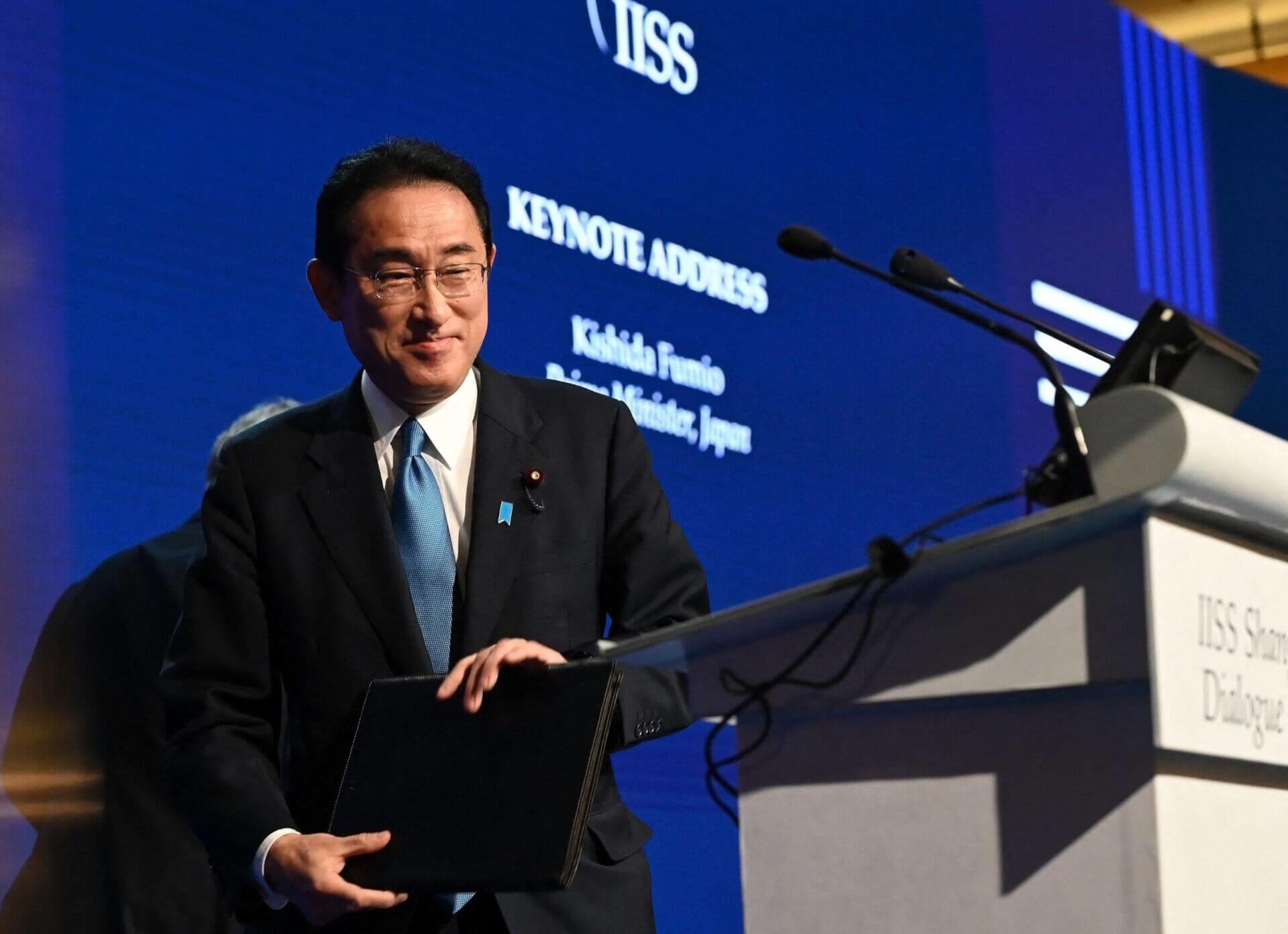Speaking at the 10th Nuclear Non-Proliferation Treaty (NPT) review conference in New York yesterday, Japanese Prime Minister (PM) Fumio Kishida said “the path to a world without nuclear weapons has become even harder”, referring to Russia’s nuclear threats and its arms race with the United States (US) as well as North Korea and Iran’s rapidly accelerating nuclear programmes.
In his address, Kishida noted with alarm the growing “divisions” in the international community due to Russia’s aggression against Ukraine, which he said has “contributed to worldwide concern that yet another catastrophe by nuclear weapon use is a real possibility.”
Nevertheless, he argued that “giving up” on non-proliferation is “not an option.” “As a Prime Minister from Hiroshima, I believe that we must take every realistic measure towards a world without nuclear weapons step by step, however difficult the path may be,” he said.
🎥General Debate Speech by Prime Minister Kishida at the NPT Review Conference (Aug 1, 2022) https://t.co/OwRIKKZNdu
— PM's Office of Japan (@JPN_PMO) August 2, 2022
The Japanese leader hailed the NPT as the “cornerstone of the international nuclear disarmament and non-proliferation regime” and said “maintaining and strengthening” the treaty is “in the interest of the entire international community.”
To this end, Kishida introduced the five-step “Hiroshima Action Plan” to create an “ideal of a world without nuclear weapons.”
As part of this effort, the PM called for the following actions:
- Shared recognition of the importance of continuing the record of non-use of nuclear weapons,
- Increased transparency of nuclear forces by nuclear-weapon states,
- Maintain the trend of a decreasing global nuclear stockpile,
- Secure nuclear non-proliferation and promote the peaceful uses of nuclear energy upon that basis, and,
- Encourage the accurate understanding of the realities of nuclear weapons use through encouraging visits to Hiroshima and Nagasaki by international leaders and others.
Kishida also referred to the upcoming 2023 G7 Summit, which Japan will host in Hiroshima. Kishida said that his intention behind the choice of venue was to demonstrate Tokyo’s “firm commitment… to never repeat the catastrophe of atomic bombings.”
1. Having a shared recognition on the importance of continuing the record of non-use of nuclear weapons
— PM's Office of Japan (@JPN_PMO) August 2, 2022
2. Enhancing transparency
3. Maintaining the decreasing trend of the global nuclear stockpile
(2/3)
Kishida’s call for disarmament comes at a time when the threat of nuclear attack has never been higher.
North Korea, a neighbour of Japan, has conducted 18 weapons tests, including 33 rockets and six Intercontinental Ballistic Missiles (ICBMs), this year. Furthermore, Supreme Leader Kim Jong-un has vowed to “continue to take steps to strengthen and develop” the country’s nuclear capabilities “at the highest possible speed.”
Meanwhile, Russia, at the start of its invasion of Ukraine, made thinly-veiled threats that hinted at its willingness to deploy tactical nuclear weapons. Moreover, Russia took over the historic Chernobyl power plant in northern Ukraine on the first day of its invasion and then gained control of the Zaporizhzhia nuclear plant just a few days later.
Meanwhile, Iran, another Russian ally, announced just yesterday that it plans to install hundreds of advanced centrifuges that could allow it to reach uranium enrichment of up to 90%. Furthermore, despite claiming that its nuclear programme is entirely peaceful, it has simultaneously levelled nuclear threats at both Israel and the US. Talks on a return to the 2015 nuclear deal, otherwise known as the Joint Comprehensive Plan of Action (JCPOA), also remain stalled due to Iran’s insistence that the US remove all sanctions and the US maintaining that Iran must return to compliance with the deal first.
Kishida also expressed concern about the arms race between the US and Russia, as well as China’s rapidly expanding nuclear arsenal. According to the Stockholm International Peace Research Institute (SIPRI), Russia and the US alone account for more than 90% of the total global inventory of an estimated 12,705 warheads. The organisation has noted that while the two countries’ total warhead inventories have continually declined in 2021, it was only “due to the dismantling of warheads that had been retired from military service several years ago.”
The possibility of negotiations between the two sides remains slim as they continue to distance themselves in the wake of the Ukraine war. That being said, US President Joe Biden confirmed the extension of the New START nuclear arms reduction treaty with Russia until 2026 almost as soon as he entered office.
In its own backyard, Japan is faced with rising pressure on how to manage the release of millions of gallons of treated radioactive water from the Fukushima Daichi nuclear power plant into the Pacific Ocean. The move has caused alarm among environmental groups, the country’s own fishing industry, as well as neighbouring nations, as approximately one million cubic metres of water have collected in the plant since 2011, when it was damaged in an earthquake and tsunami.
Against this tense backdrop, United Nations (UN) Secretary-General António Guterres said at the same conference that “At a time when crises — with nuclear undertones — are festering, From the Middle East and the Korean Peninsula. To the invasion of Ukraine by Russia, and to many other factors around the world... humanity is just one misunderstanding, one miscalculation away from nuclear annihilation.”

